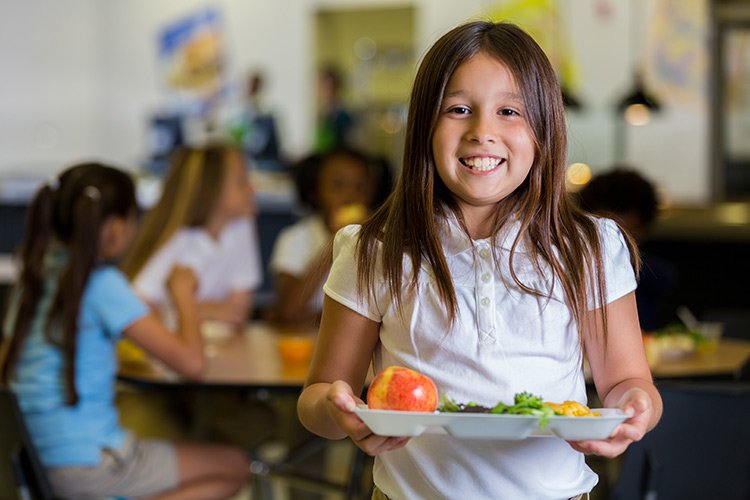
In classrooms and homes across the country, children are struggling — not just with academic content, but with the basic ability to focus, follow directions, regulate emotions, and connect meaningfully with others. For many elementary, middle, and high school students, these struggles can be traced back to two foundational needs: adequate sleep and proper nutrition. Without them, young learners are simply not set up for success.
What We’re Seeing in the Classroom
It’s becoming increasingly common to observe students who:
- Are more easily distracted, unable to stay with a task for more than a few minutes without redirection
- Struggle to follow multi-step directions, even in subjects or activities they typically enjoy
- Show limited patience and empathy when working with peers or coping with frustration
- Appear disengaged during hands-on activities, nature walks, or play-based learning that once sparked joy
- Are less likely to eat a healthy lunch, often skipping it altogether or choosing processed snacks instead
These are not signs of laziness or defiance. They are red flags that a child’s basic needs may not be met.
The Role of Sleep
Children between the ages of 6 and 12 need 9–12 hours of sleep per night, and teenagers need at least 8–10 hours. However, many students are coming to school chronically tired, and it shows.
Sleep is when children consolidate memories, regulate emotions, and reset their nervous systems. Without enough sleep, students are:
- Irritable and quick to anger
- Unmotivated or overwhelmed by routine tasks
- More prone to tears or outbursts when challenged
- Forgetful, often forgetting assignments, instructions, or even conversations from earlier in the day
It’s not uncommon to see students who love science suddenly glaze over during a hands-on experiment, simply because their brains are too exhausted to fully engage.
The Impact of Poor Nutrition
Just as important as rest is the fuel students put into their bodies. A breakfast of sugary cereal or skipping breakfast altogether leads to energy crashes mid-morning. Lunches filled with ultra-processed foods leave students sluggish and unfocused all afternoon.
Many students who are undernourished or dehydrated:
- Complain of headaches or stomach aches
- Seem disinterested in activities, even those they usually love
- Are moody, irritable, or emotionally dysregulated
- Struggle to make and keep friendships because of impulse control challenges
The brain needs healthy fats, proteins, complex carbs, and plenty of water to function at its best — especially during the school day.
How Technology Gets in the Way
One major culprit behind both sleep disruption and poor eating habits is technology. Late-night screen time delays melatonin release, pushing bedtimes later and leading to fragmented sleep. Even when children are in bed, the temptation to check notifications or sneak in a game keeps their brains stimulated long after lights out.
At mealtimes, screens often lead to:
- Mindless snacking and overeating
- Distraction from hunger/fullness cues
- Less interest in whole, healthy foods
- Missed social opportunities during meals
Students might bring a balanced lunch to school but spend the entire lunch period scrolling, barely touching their food — then feel cranky and foggy all afternoon.
What We Can Do Together
To support our young learners, families and schools must work together to build better habits. Here are a few ideas:
- Set and protect a consistent bedtime — even on weekends.
- Establish a tech curfew and keep devices out of bedrooms at night.
- Make mealtimes screen-free, focusing on real food and conversation.
- Pack or offer nutrient-dense snacks and lunches to keep energy and focus steady.
- Model rest, balanced eating, and digital boundaries as adults.
The Bottom Line
When students are rested and nourished, they are calmer, more connected, and more capable of learning. They approach challenges with patience, work cooperatively with peers, and light up when engaged in the activities they love — whether it’s solving a math puzzle, baking bread, or spotting birds on a nature walk.
We owe it to them to prioritize their well-being, not just their academic performance. Because when we care for the whole child, everything else starts to fall into place.